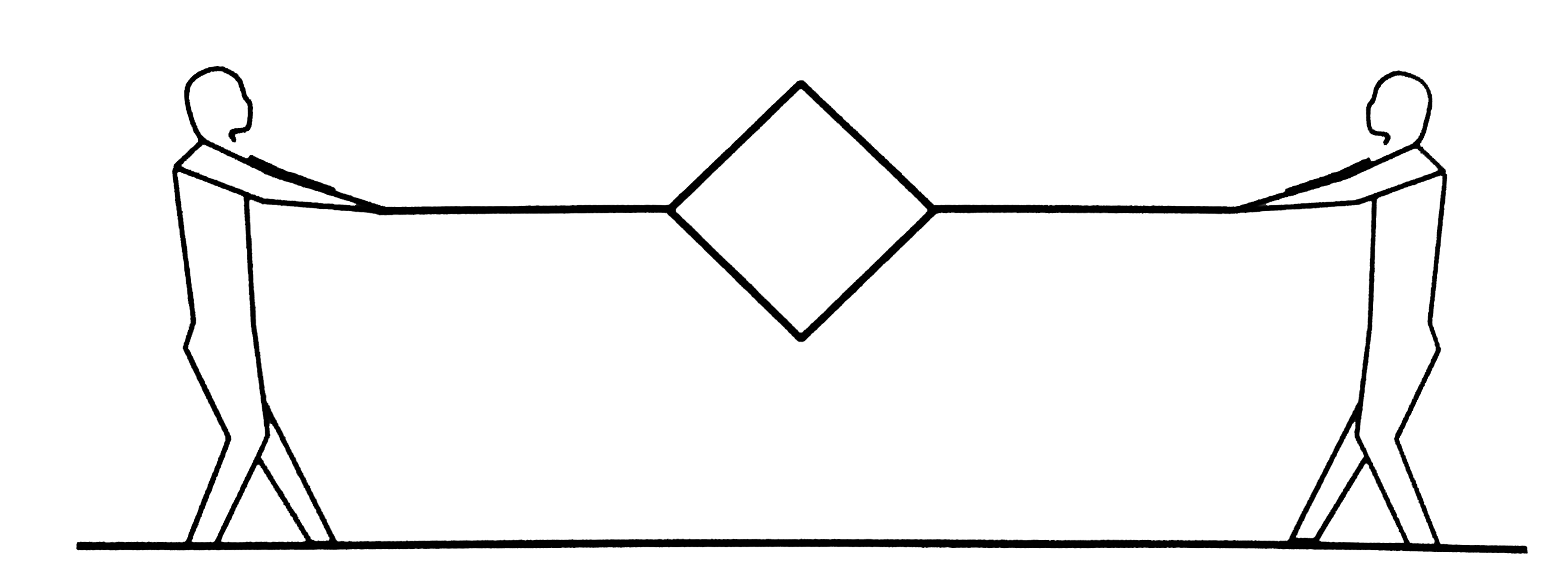Two charged particles are placed at a distance 1.0 cm apart. What is the minimum possible magnitude of the electric force acting each charge?Solution in Gujrati
M∈iμmchar≥onbodyisequal→thechar≥ofe≤ctron=1.6×10−19C,
r=1.0cm=10−2m
F=9×109×(1.6×10−19)2(10−2)2
=2.3×10−24N.
Topper's Solved these Questions
- ELECTRIC FIELD AND POTENTIALBOOK - HC VERMACHAPTER - ELECTRIC FIELD AND POTENTIALEXERCISE - Objective 2
8 Videos
- ELECTRIC CURRENT THROUGH GASESBOOK - HC VERMACHAPTER - ELECTRIC CURRENT THROUGH GASESEXERCISE - Exercises
23 Videos
- ELECTROMAGNETIC INDUCTIONBOOK - HC VERMACHAPTER - ELECTROMAGNETIC INDUCTIONEXERCISE - EXERCISE
9 Videos
Similar Questions
Mark out the correct potons.
View SolutionA discharge tube contains helium at a low pressure. A large potential difference is applied across the tube. Consider a helium atom that has just been ionized due to the detachment of an atomic electron. Find the ratio of the distance travelled by the free electron to that by the positive ion in a short time dt after the ionization.
View SolutionShown a metallic square frame of edga a in a vertical plane. A uniform magnetic field B exists in the space in a directon perpendicular to the plane of the figure. Two boys pull the opposite corners of the square ot deform it into a rhombus. They start pulling the corners t t=0 and sisplace the corners at a uniform speed u. (a) find the induced emf in the frame at the instant when the angles at these corners reduce to 60∘. (b) find the induced current in the frame at this instatnt if the total resistance of the frame is R. (c) Find the total charge which flows through a side of the frame by the time the square is deformed into a straight line.

View SolutionTwo charged particles are placed at a distance 1.0 cm apart. What is the minimum possible magnitude of the electric force acting o each charge?
View Solutionदो आवेशित कण जो 20 cm की दूरी पर रखे हुए हैं, एक-दूसरे पर 20 N का बल लगाते हैं | यदि उनके बीच की दूरी 25 cm कर दी जाए, तो बल का परिमाण कितना हो जाएगा ?
View Solutionदो आवेशित कण एक-दूसरे से 1 cm की दूरी पर स्थित हैं। प्रत्येक पर क्रियाशील विद्युतीय बल के संभव न्यूनतम मान ज्ञात करें।
View SolutionTwo charged particles are placed at a distance r from each other. The magnitude of the electric force between the two charged particles is F. What will be the effect on F on placing the given charged particles in water? (Take dielectric constant of water 80).
View Solutionएकसमान परिमाण के दो आवेश r दुरी पर एक दूसरे पर F बल लगाते हैं। यदि आवेश आधे कर दिए जाएँ और उनके बीच की दुरी दुगुनी कर दी जाए , तो हर आवेश पर लगने वाला नया बल है
View SolutionTwo electrically charged particles , having charges of different magnitudes , when placed at a distance 'd' from each other , experience a force of attraction 'F' . These two particles are put in contact and again placed at the same distance from each other. What is the nature of new force between them ?
View SolutionIf two opposite electric charges having same magnitude are 10 cm away from each other, they experience 0.9N attractive force then magnitude of electric charges will be......
View SolutionTwo charges are placed at certain distance apart. A metallic sheet is placed between them. What will happen to the force between the charges?
View SolutionTwo charged particles are placed at a distance 1.0 cm apart. What is the minimum possible magnitude of the electric force acting o each charge?
View SolutionTwo charged particles are placed at a distance of 1.0cm apart. What is the minimum possible magnitude of electrostatic force acting on each charge.
View SolutionTwo charges of 1.0 C each are placed one meter apart in free space.The force between them will be.
View SolutionTwo charges of equal magnitudes and at a distance r apart exerts a force F on each other . If the charges are halved and distance between them is doubled, then the new force acting on each charge is :
View SolutionTwo charges + 2 mu C and + 4 mu C are placed 0.1 cm apart. What is the ratio of the coulomb force acting on each of the two charges.
View Solution
